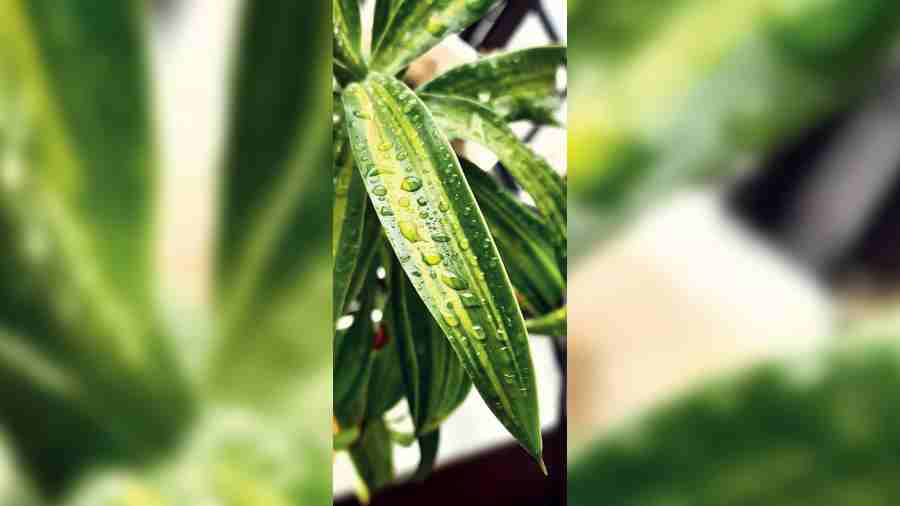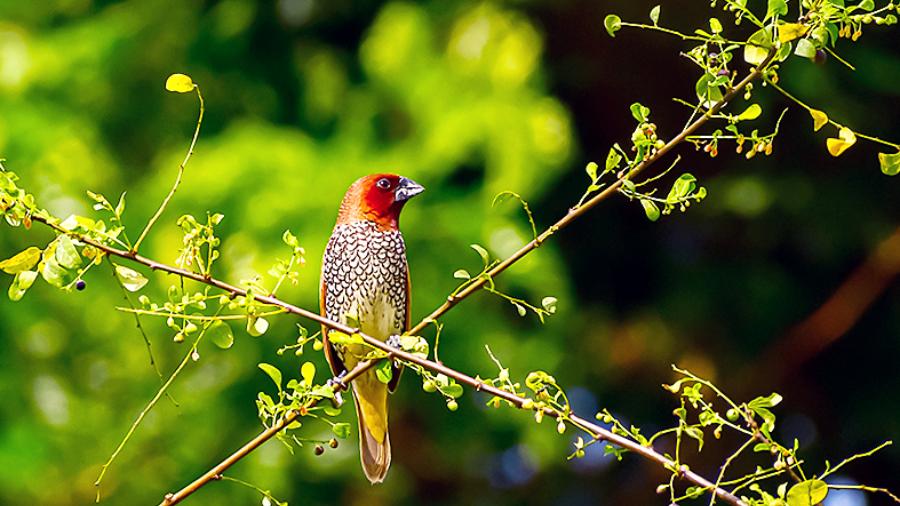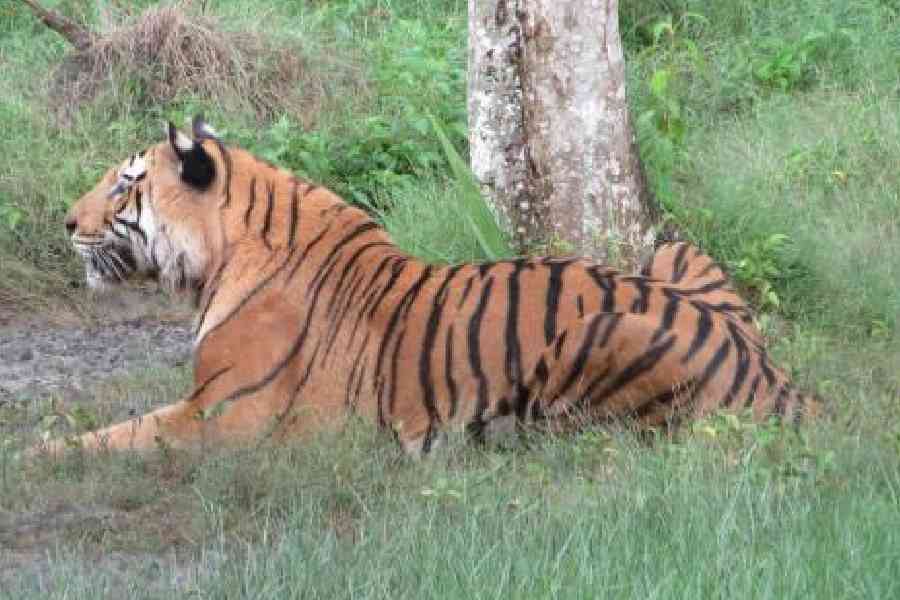Scientists announced on Thursday that they had recorded sounds emitted by plants — airborne waves similar to popcorn pops but at frequencies inaudible to humans — a century after India’s Jagadish Chandra Bose showed that plants can perceive and respond to stimuli.
The researchers, at Tel Aviv University in Israel, said the plants emitted sounds in volumes similar to human speech but at ultrasonic frequencies, beyond the range of the human ear but within the audible ranges of bats, insects and mice.
Their study on cactuses, corn, tomatoes, tobacco and wheat suggests that plants typically emit sounds under stress from dehydration or from having their stems severed. They also found that each type of stress is associated with a specific and distinct type of sound.
“The sound is informative -- it tells us what type of specific stress the plant is experiencing,” Lilach Hadany, professor of plant sciences at Tel Aviv University who led the study, told The Telegraph. The findings were published in the journal Cell on Thursday.
Earlier studies had recorded vibrations from plants. Hadany and her colleagues designed experiments in a basement lab with no background noise to determine whether the vibrations also translated into airborne waves detectable through instruments placed at a distance.
Their study recorded plants emitting sounds at frequencies of 40 kilohertz to 80 kilohertz. Humans hear sounds in frequencies of 20 hertz to 20 kilohertz.
Unstressed plants emitted less than one sound per hour, while plants under stress -- either dehydrated or injured because their stems were severed -- emitted between 30 and 50 sounds per hour.
The scientists analysed the sounds through machine learning algorithms -- a class of artificial intelligence systems -- that learned to distinguish between different plants and different stress types. The study found that the sounds peaked as stress increased, and then diminished.
“In a dehydrating tomato plant, the sounds become noticeable by the second day, peak by the fifth day of dehydration and stop when the plant is completely dehydrated,” Hadany said. “The sounds thus appear associated with living plants.”
The plants’ sounds, she said, could have two possible explanations.
“One, the sounds are entirely the byproducts of the physical processes that accompany the stress in the plants, and two, the most exciting one, is that the sounds are used for communication -- either to insects or other plants. We don’t know who’s listening,” Hadany said in a telephone interview.
Future studies, Hadany said, will seek to explore the mechanisms underlying the sounds, and whether insects and other plants detect and respond to these sounds. Her colleagues in the study were Yossi Yovel and Nir Saad, among others, at Tel Aviv University.
Their findings come nearly a century after Indian physicist and plant physiologist Bose showed through pioneering experiments that plants can perceive and respond to stimuli.
“Bose was much ahead of his time, but over the decades, there has been growing evidence that plants themselves perceive and respond to sounds,” said K.R. Shivanna, a plant scientist at the Ashoka Trust for Research in Ecology and Environment, Bangalore, who was not associated with the Tel Aviv study.
In the 1950s, scientists at Annamalai University in India observed that plants exposed to classical music showed significantly increased biomass. A US study in the 1970s had documented that growing plants leaned towards classical and jazz music and away from rock music, Shivanna wrote in a review of research published last year in the Journal of the Indian Botanical Society.
Some plant biologists cautioned that any suggestion that plants actively generate sounds is likely to be contested. "There is a need to distinguish between the noise that comes from plants during physiological processes such as the uptake of water or the movements of leaves or flowers, and the sounds generated in response to stimuli," said a plant biologist who requested not to be named. "The mechanisms of these sounds need to be better understood."











